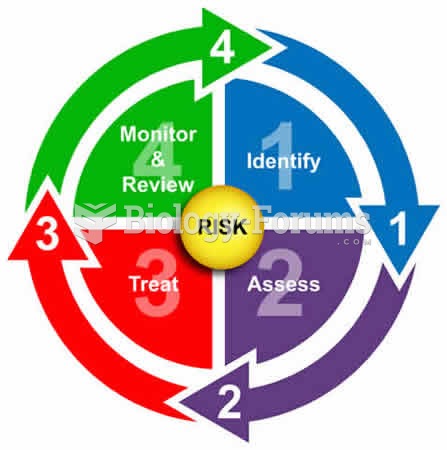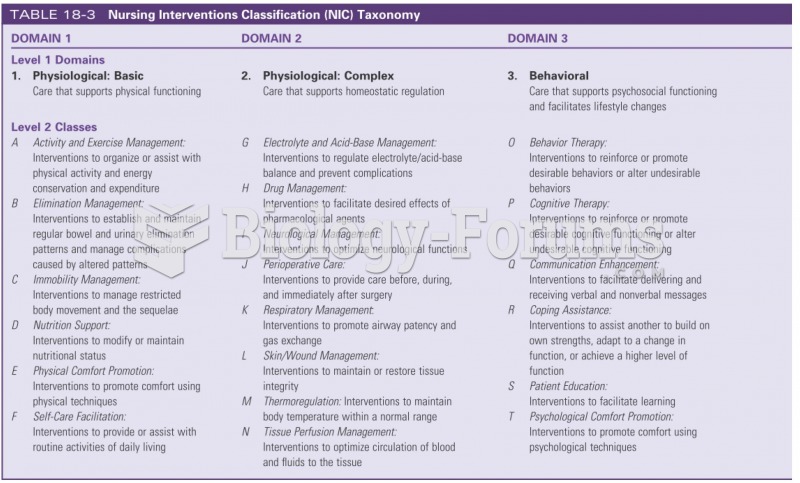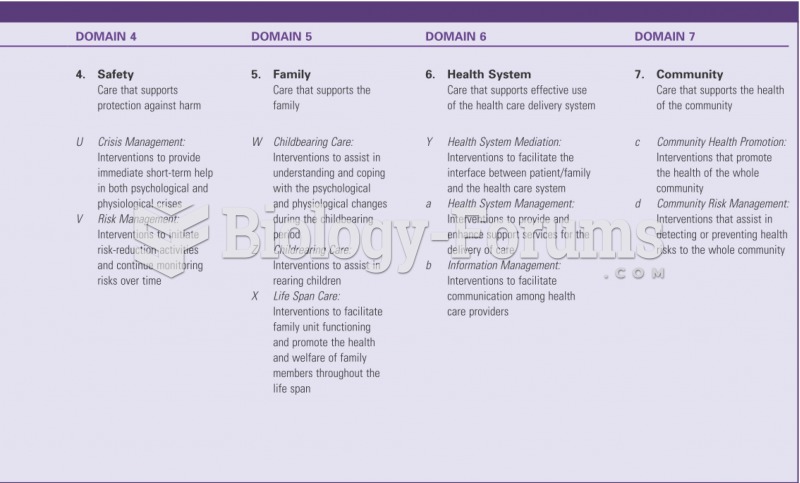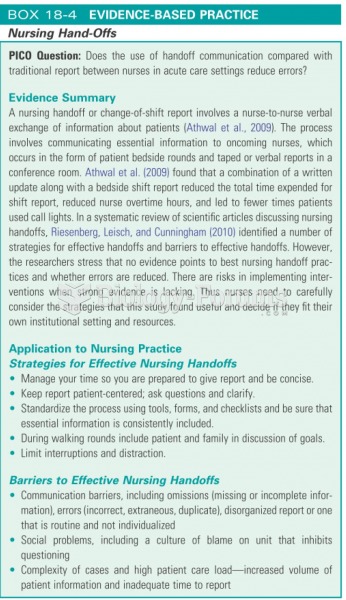Answer to Question 1
Ans: A
Feedback:
People from various cultures express pain differently. The client is showing nonverbal signs of pain grimacing with movement. The nurse should assess if the client is experiencing pain and complete the pain assessment. Assessment is always the first step in the nursing process. The nurse after completing the assessment should check the medical record to determine the last time the client received pain medication, or if he refused it. Answers C and D are incorrect because the nurse is assuming that the client will act according to stereotypes the nurse may have learned about the client's culturethat the client is stoic and will refuse pain medications, but may accept alternative means for pain relief, such as acupuncture. Often times the nurse never communicated to the client that the physician had ordered pain medication, and it is best to take it on a schedule right after surgery so that the medication will maintain a steady state and will be effective.
Answer to Question 2
Ans: C
Feedback:
The best way to involve the family of a dying client is to involve them with providing comfort measures. This will help the family to feel like they helped their loved one achieve a peaceful death. It provides an active role for the family to show their respect for the individual. The funeral arrangements can wait because it is more important for the family to visit their loved one while the client is still alive. The family does not have to leave the bedside to make phone calls for any relatives or friends who have not been notified; they may use a cell phone or the phone in the room. Providing information about the dying process and then offering to answer any questions that the family have do not actively get the family involved with care for the dying client.








